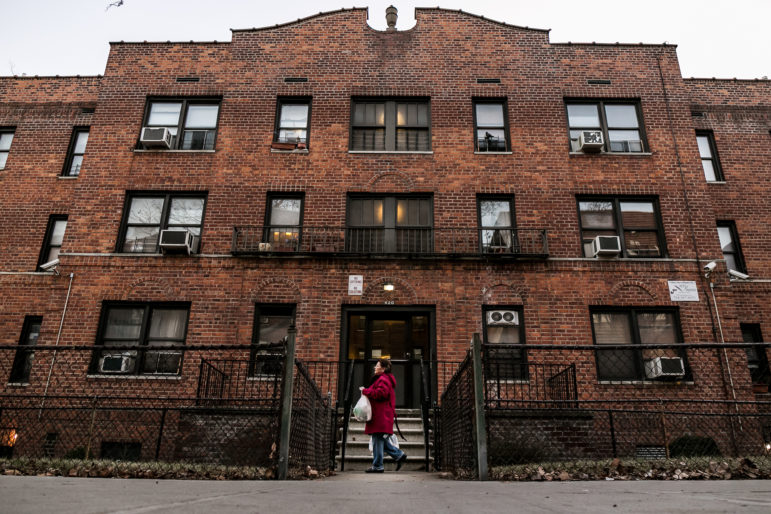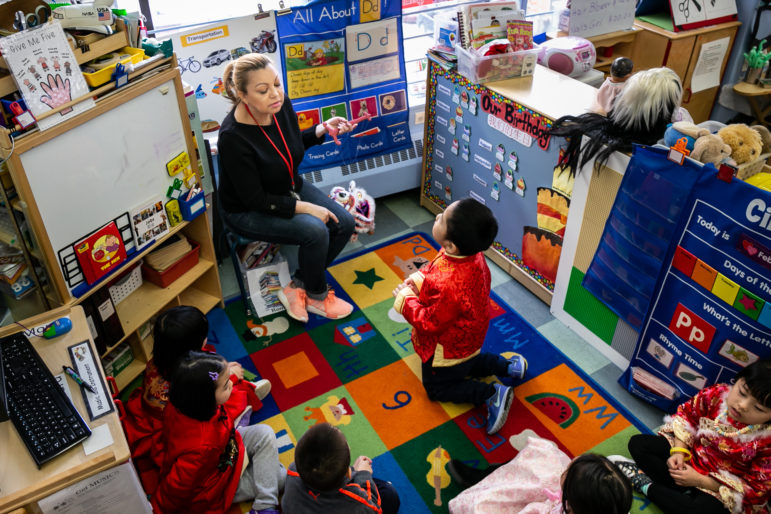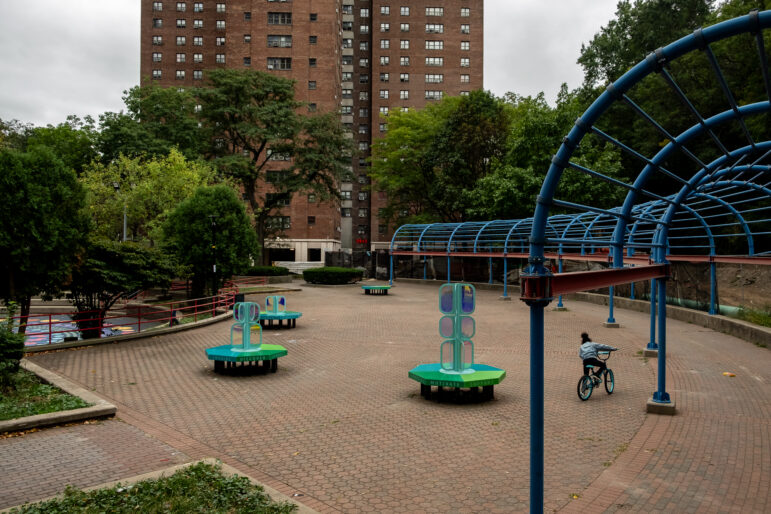“The money New York State invests to accelerate solar is missing the households and communities that need it the most.”

Adi Talwar
As climate-change-induced wildfires rage on in California, New York’s Gov. Kathy Hochul is battling another crisis here on the East Coast, “the battle for affordability” according to her recent State of the State address.
But these crises are increasingly interconnected, and so too must be the solutions. Fortunately, we are not starting from scratch. Clean, renewable energy like rooftop solar offers a solution to both, helping families reduce energy bills while cutting emissions. However, for many households, the benefits of solar remain out of reach due to outdated policies that fail to address economic inequality.
As New York State begins its budget season, Gov. Hochul can address these dual crises head-on in her executive budget by expanding one of the most critical incentives for solar, the New York State Residential Solar Tax Credit. The existing tax credit offers homeowners up to $5,000 for installing solar panels, but there’s a catch: it only applies to people who owe personal income taxes. That excludes many low-income households and seniors on fixed incomes. Worse yet, the $5,000 cap hasn’t been adjusted for inflation since 2006.
At Solar One and Cooper Square Committee, we encounter this barrier daily while helping homeowners go solar. Solar One is an environmental nonprofit, offering free solar technical guidance and education to low-income communities, and Cooper Square Committee is the country’s oldest community-based, anti-displacement, affordable housing preservation and development organization.
RELATED READING: New York Makes Strides With Solar Energy, But Can It Keep Up the Pace?
Through a collaboration, our organizations are working to help affordable housing cooperatives, or HDFC co-ops, adopt solar and energy efficiency measures. For these buildings that run on democratic-resident control, solar can save thousands of dollars annually which can be reinvested into other building upgrades, such as electric heat pumps or facade improvements—but the financial barriers are often insurmountable.
HDFC co-ops are in dire need of affordable, clean energy. Rising operating costs make it increasingly difficult for co-ops to keep healthy building reserves. Most co-ops in New York City are older building stock in need of repairs, upgrades, and other necessary capital improvements. They have to contend with the impact of inflation, the drastic rise in property insurance, utility bills, and building repairs. Rising monthly maintenance costs are increasing for shareholders, putting a strain on one of the few affordable homeownership opportunities remaining.
Because of this, many of the co-ops that we work with want to go solar, weatherize, and electrify their buildings to save money. And given that, in New York City, buildings account for more than two-thirds of the greenhouse gas emissions, co-ops are critical to helping the city and state reach their bold clean energy targets of vastly reducing greenhouse gas emissions by 2050. But to implement this monumental transformation of buildings, we need incentive programs that work for everyone.
For example, the state’s solar tax credit is designed to be claimed by individual shareholders in a co-op. But what happens when not every shareholder in a building can take the tax credit? Often the people with less money get less benefit, which is a frequent barrier that stalls solar projects. In one case, we calculated that if all shareholders in a large low-income co-op could access the tax credits, a solar installation would pay for itself in just six years. Without equal access, that payback period doubled—making it nearly impossible for the co-op to move forward.
This issue isn’t unique to co-ops. Across the state, a recent report found that households making less than $50,000 make up about a quarter of owner-occupied households in New York State, but they have only received 5 percent of the state’s residential solar tax credit incentives. The money New York State invests to accelerate solar is missing the households and communities that need it the most.
New York has a chance to change this. A growing coalition of affordable housing and climate advocates is calling on the state to expand the residential solar tax credit by passing proposal A1373. This includes doubling the $5,000 cap, adding coverage for energy storage systems, and making the credit refundable so that all homeowners—regardless of income—can benefit. With just a few critical changes, this program can become not only a way to increase renewable energy, but a long-term housing preservation strategy.
Affordable solar is about more than clean energy. For families struggling with rising utility bills, solar can be a lifeline, providing predictable energy costs and real savings over time. But we need a solar program that works for all families, regardless of income. New York leaders must lead the way forward by expanding the Residential Tax Credit and expanding access to rooftop solar to build energy security, create clean energy jobs, and bring us closer to the city and state’s ambitious climate goals.
Kate Selden works at Solar One, an environmental nonprofit whose mission is to design and deliver innovative education, workforce training, and technical assistance that fosters sustainability and resiliency in diverse urban environments. Alex Lee works at Cooper Square Committee, a community-based, housing rights nonprofit organization, whose mission is to work with area residents in Manhattan’s Lower East Side and East Village neighborhoods, and community cultural spaces so that the Cooper Square area remains racially, economically, and culturally diverse.








